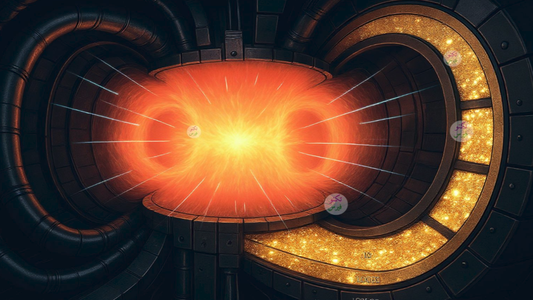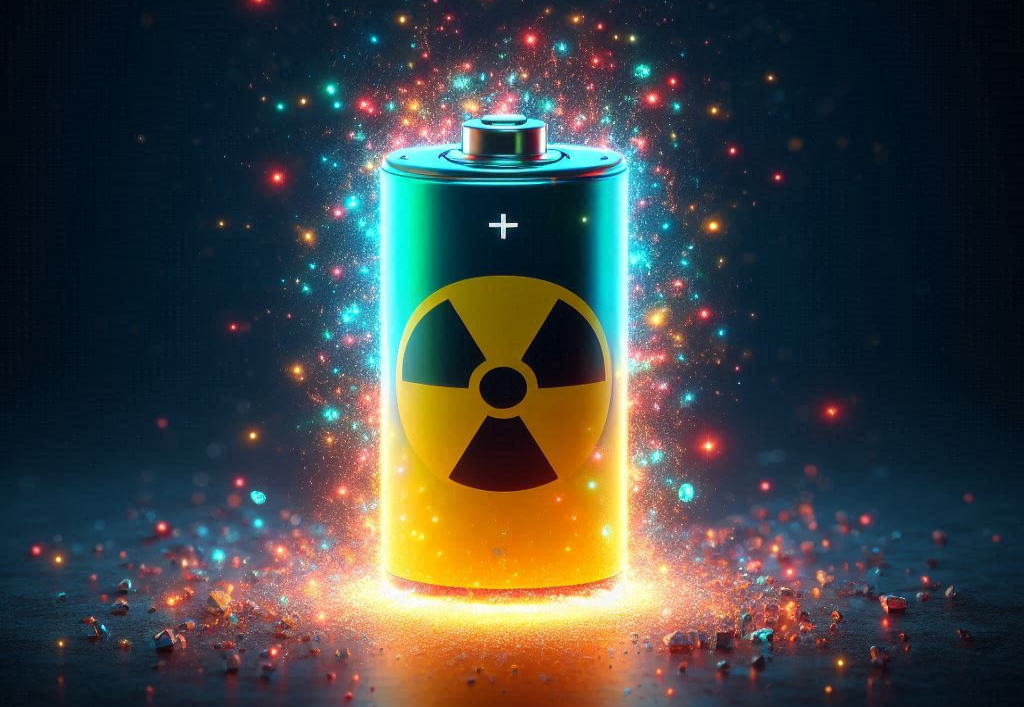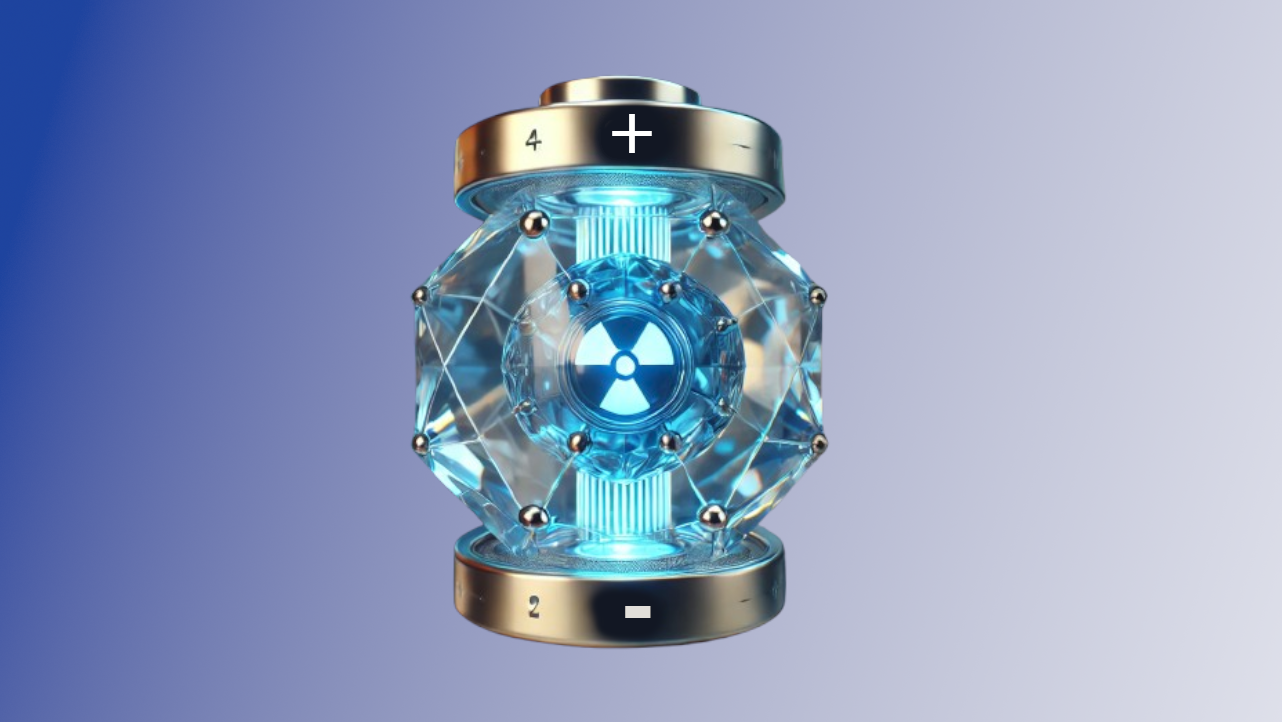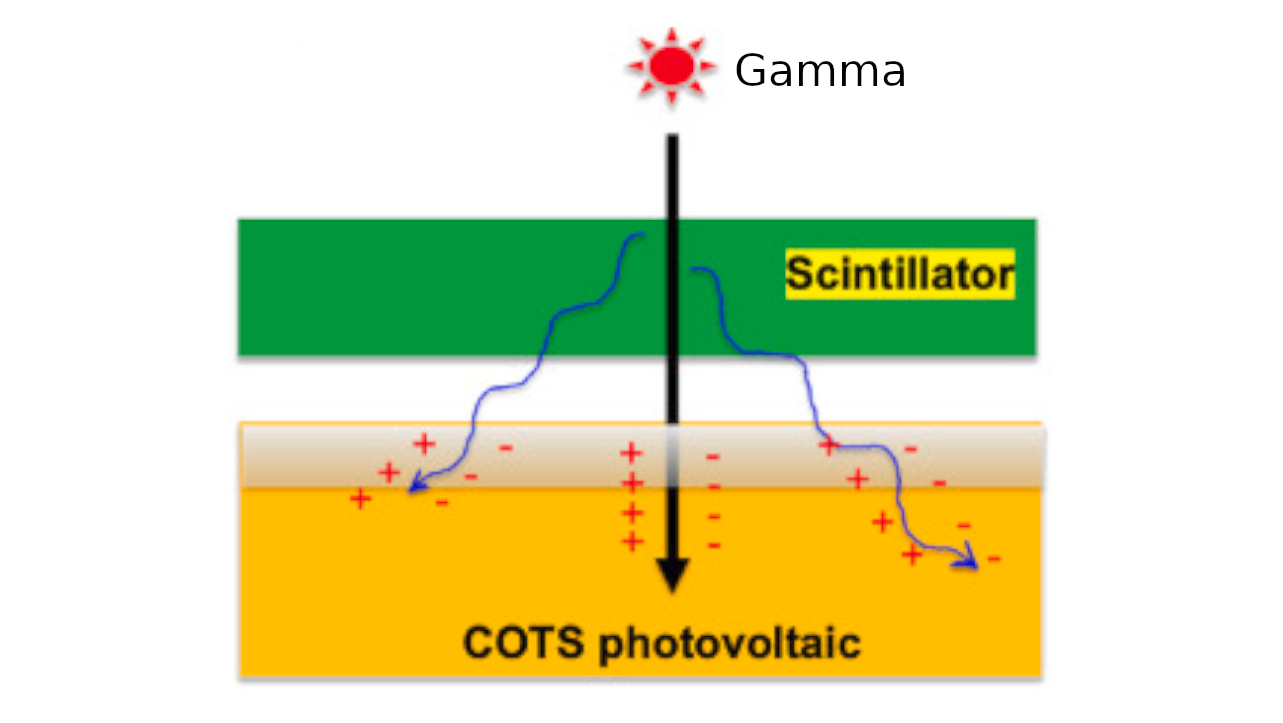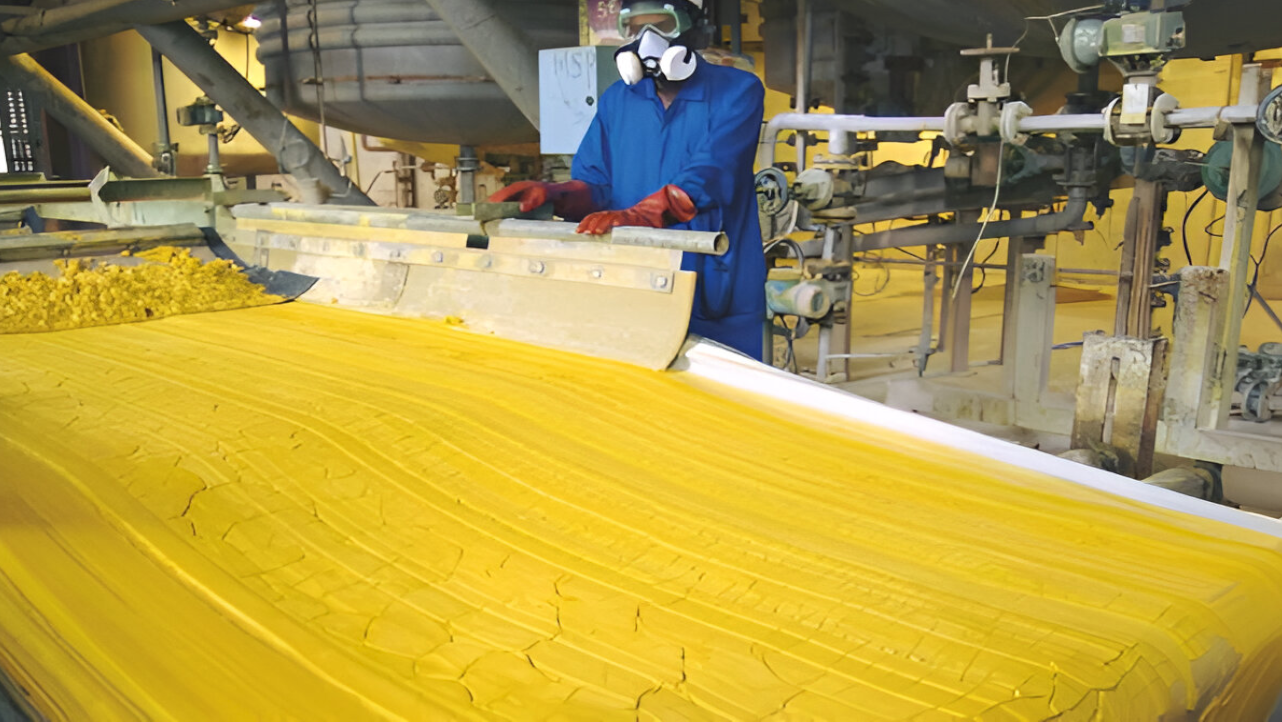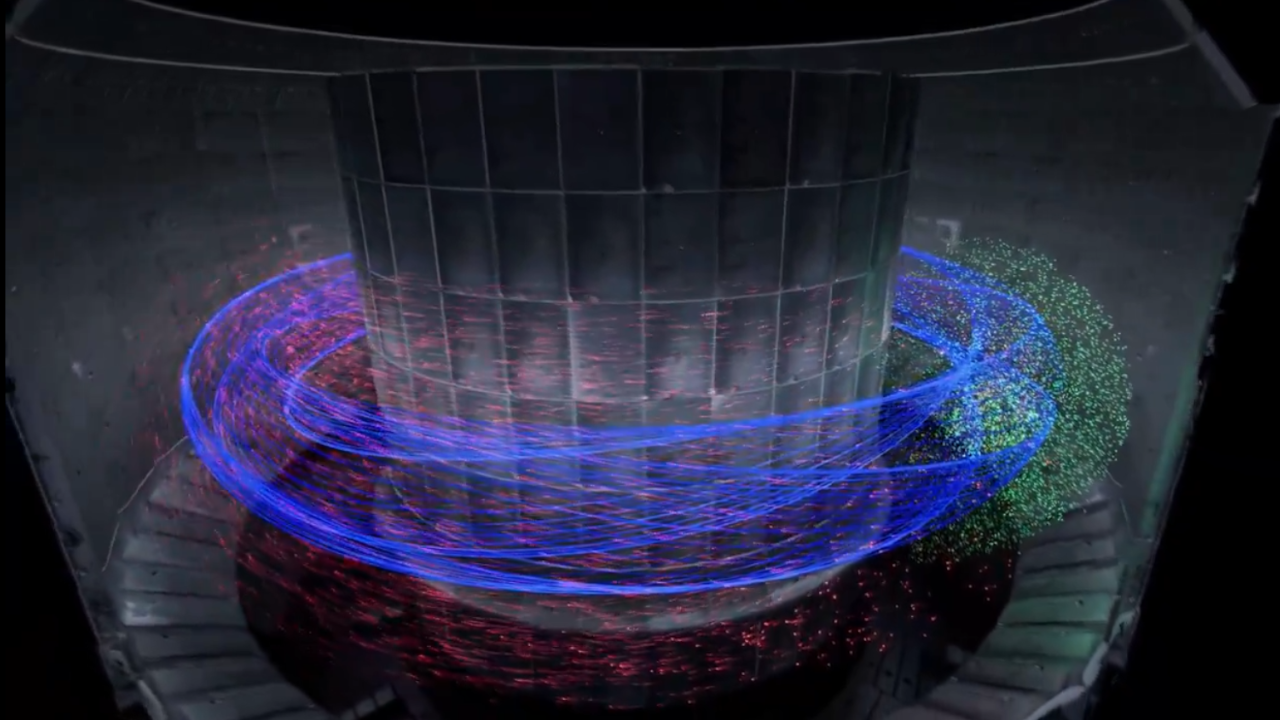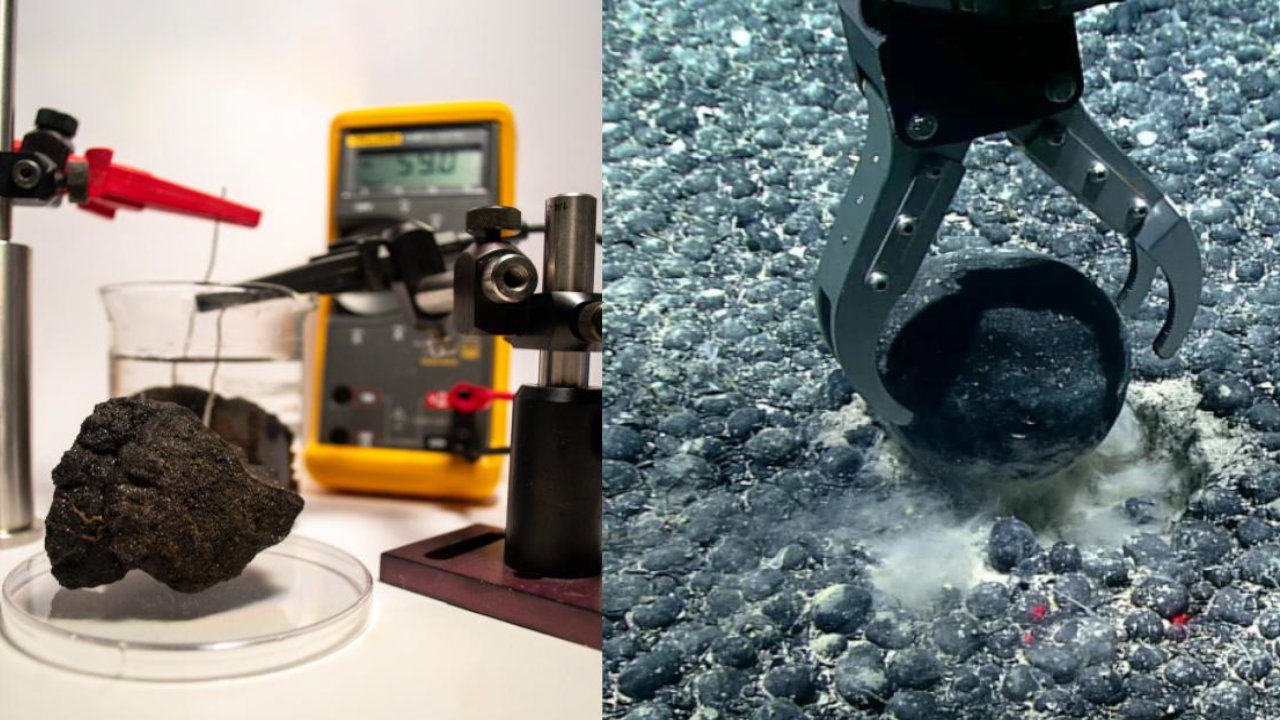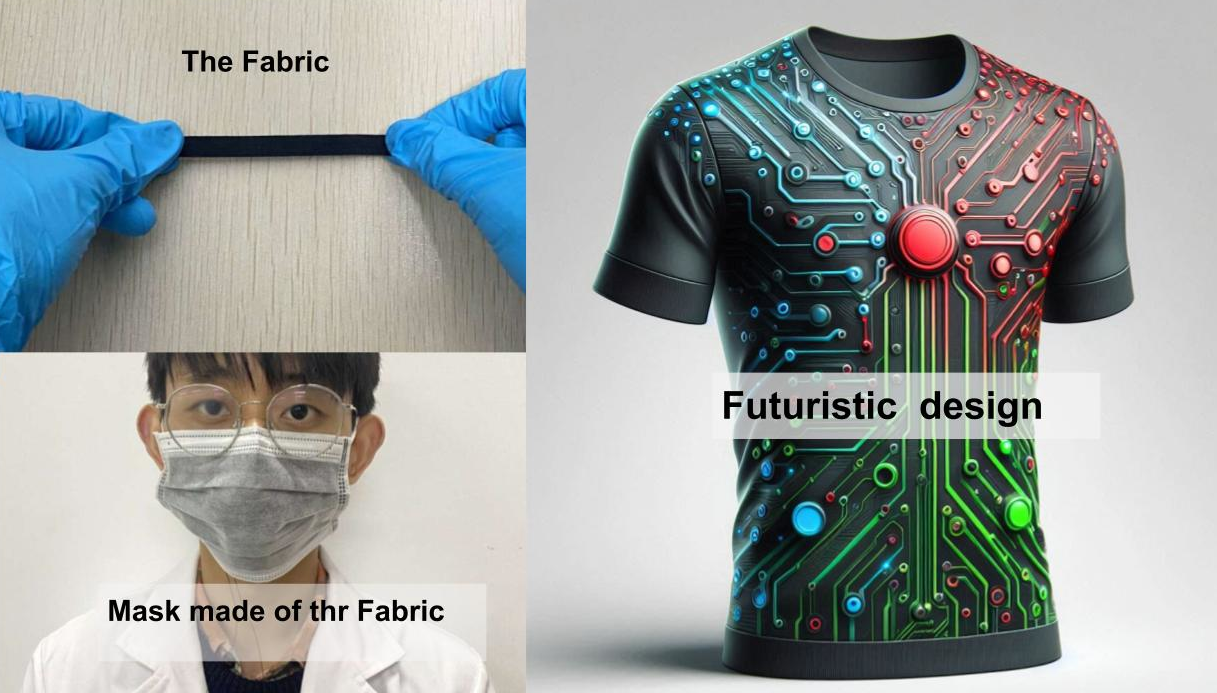In a fascinating digital simulation, a California startup called “Marathon Fusion” has proposed a new method to transform mercury into gold inside a nuclear fusion reactor. The idea is to use neutrons generated from the fusion reaction to bombard the mercury-198 isotope, which would convert it into unstable mercury-197. This, in turn, would spontaneously decay into gold-197, which is the only stable form of gold.
In a tokamak nuclear fusion reactor, when atomic nuclei fuse within a hot plasma of deuterium-tritium, high-energy neutrons are emitted that can penetrate surrounding materials and interact with atomic nuclei. This is why Marathon Fusion has proposed integrating mercury into a layer surrounding the plasma chamber inside the reactor, known as the “breeder blanket,” which is typically made of lithium.
In this new design, an alloy of mercury and lithium is used to absorb the neutrons, which bombard the mercury-198 isotope, converting it into mercury-197, which then decays within hours into gold-197. This process is known as “radioactive decay,” and it is a spontaneous transformation in an unstable atomic nucleus.
The company has not conducted any practical experiments but has performed a digital simulation. The results showed that a single fusion reactor could produce about 2 tons of gold annually per gigawatt of thermal power, without affecting the production of clean energy. However, the resulting gold would initially be radioactive and would need a holding period of about 17 years to become safe for use, according to radiation standards.
Although the idea is promising, its practical application faces significant challenges, including the need for a dense neutron flux, the provision of enriched mercury, and the handling of the resulting radioactive waste.
Since most gold used today is held as a long-term reserve, storing the resulting gold for up to 17 years is not considered an obstacle. Instead, it aligns with its prevalent use, without affecting its value or economic role.
If successful, this technology could revolutionize the fields of energy and resources by combining the production of gold with clean energy, and reducing the need for traditional mining, which is harmful to the environment.
